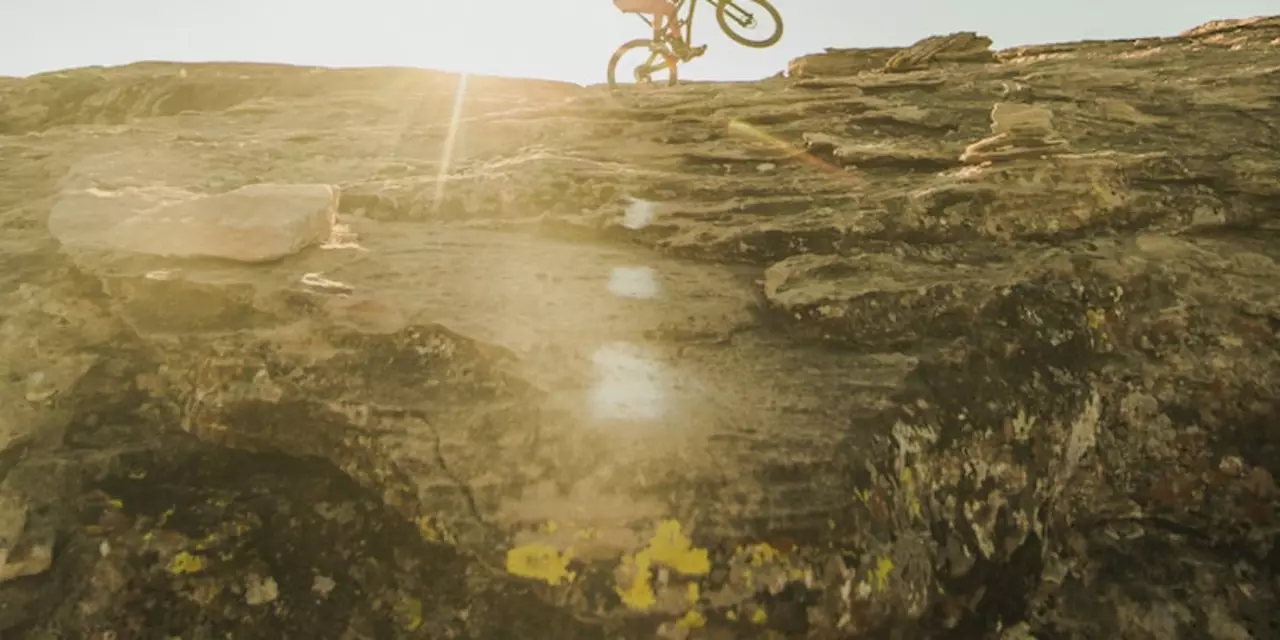Mountain Biking Tips, Gear & Trails
If you love the rush of riding on dirt, roots, and rocks, you’ve landed in the right place. Below you’ll find the basics you need to feel confident on any trail, from the gear you should own to the training tricks that turn a casual rider into a trail‑ready rider.
Essential Gear for Trail Riding
First things first – a good bike. A hard‑tail with front suspension is perfect for beginners because it’s lighter and cheaper, while a full‑suspension bike offers extra comfort on big drops. Choose a frame size that lets you stand over the top tube with a couple of inches of clearance; that simple measurement saves you from uncomfortable rides later.
Helmet? Absolutely. Look for a model with MIPS technology; it adds an extra layer of protection when you hit a snag. Gloves with padded palms help absorb the shock and give you a better grip on wet or muddy bars. And don’t forget a sturdy pair of shoes with a stiff sole – they transfer power to the pedals just like road shoes do, but with the tread you need for loose terrain.
Beyond the basics, a set of rugged, wide‑rim tires can make or break a ride. Go for 2.3‑2.5 inches wide with a knobby tread pattern if you’re tackling loose soil or roots. If you ride mostly on packed trails, a smoother tread reduces rolling resistance and lets you maintain speed.
Training Tricks to Boost Your Ride
Mountain biking is as much about technique as it is about fitness. Start with body position: keep your elbows bent, weight centered over the bike, and eyes looking ahead a few meters down the trail. This stance lets you react quickly to obstacles and keeps you balanced on steep climbs.
Practice “scooping” – lifting your front wheel just enough to roll over roots without throwing the bike forward. A gentle throttle on the pedals (or a quick burst of pedal power) helps you clear small bumps without losing momentum.
When you hit a drop, shift your weight slightly back and pull up on the handlebars as you lift the front wheel. Landing with both wheels at the same time spreads the impact and reduces strain on your bike’s suspension.
Build endurance with interval rides. Ride hard for two minutes, recover for two, and repeat eight times. This mimics the stop‑and‑go nature of most trails and improves your ability to sprint up a sudden climb.
Don’t forget to stretch after each ride. Focus on calves, hamstrings, and lower back – these areas take the biggest hit when you’re on uneven ground.
Now that you have the gear basics and a few training tips, you’re ready to hit the trail. Start with beginner loops, work up to longer rides like a 100‑mile mountain bike century (yes, they exist!), and always ride within your limits. The more you practice, the more natural the skills become, and soon you’ll be tackling technical sections without a second thought.
Got a favorite trail or a gear question? Share it with the Rebel Cycling Hub community and keep the conversation rolling. Happy riding!
Which is better, soccer/football or mountain biking?
In my latest blog post, I explored the ongoing debate between soccer/football and mountain biking, trying to determine which activity is better. I considered factors such as physical benefits, social aspects, and accessibility. While soccer provides an excellent cardio workout and team-building opportunities, mountain biking offers thrilling adventures and full-body conditioning. Ultimately, it comes down to personal preferences and individual goals. I encourage my readers to try both activities and decide for themselves which one aligns with their interests and lifestyle.
What do you love about mountain biking?
Mountain biking is an exciting and challenging sport that combines the thrill of off-road riding with the beauty of nature. It offers an opportunity to explore new terrain, push yourself physically, and take in spectacular views. It's also great for your health, as it's an aerobic exercise that strengthens muscles and builds endurance. Additionally, the camaraderie of the biking community makes it even more enjoyable. Mountain biking is a great way to explore the outdoors, challenge yourself, and make new friends.

